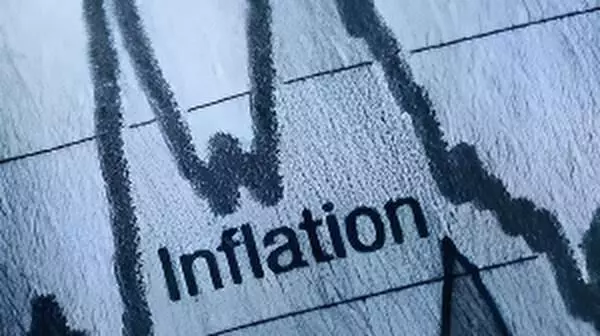U.S. Inflation Rises 3% in September, Slightly Below Expectations as Fed Eyes Rate Cut
U.S. consumer prices rose 3% in September, slightly below forecasts. The report boosts expectations for a Federal Reserve rate cut as inflation shows signs of cooling amid trade-related pressures.
U.S. Inflation Rises 3% in September; Federal Reserve Expected to Cut Rates

Consumer prices in the United States increased by 3.0% year-on-year in September, a little less than the economists’ prediction of 3.1%, as per the official data made public on Friday. The number, however, being higher than August’s 2.9%, indicates inflation is still relatively under control as the Federal Reserve gets ready to consider another interest rate cut next week.
The release of the report was postponed by ten days because of a federal government shutdown, during which the Bureau of Labor Statistics workers who were furloughed were temporarily called back to prepare the data for a November 1 Social Security deadline for cost-of-living adjustments.
Prices increased by 0.3% month-on-month, which is a decrease from August’s 0.4% rate. The core Consumer Price Index (CPI), which disregards the unpredictable food and energy prices, also went up 3.0% yearly and 0.2% monthly, both of which were slightly under the expected figures.
Tariff-Linked Price Pressures
The price rise particularly in the categories affected by tariffs like clothing, footwear, household goods, and toys was marked by the analysts at the Vital Knowledge. On the other hand, airfares and hotel rates also went up significantly, while shelter costs slowed down and food prices went down further.
Economists are concentrating on Trump’s tariff policies which have increased U. S. effective tariff rates to around 18%, the highest in nearly a century and they will anticipate the long-term inflation trends accordingly. Many firms have stocked up more goods to dodge the impact of cost increases, but when stocks get depleted, price hikes might follow.
“The major uncertainty is the duration of tariff-linked inflation persistency — whether it’s just a temporary hike or a longer-term pressure,” the analysts said.
Fed Rate Decision in Focus
The Federal Reserve, which for the sake of preventing job growth from slowing cut the rates by 25 basis points last month, now finds itself in a delicate situation: how to energize the economy without leading to a rebound of inflation.
The government shutdown has impacted the central bank's policy as it is deprived of the latest employment data, thus it will rely on the indicators from the private sector when it holds its meeting next week.
The current market signs, according to the CME’s FedWatch Tool, point to a nearly certain cut of rates at the upcoming Federal Reserve meeting, which will be followed by another potential quarter-point cut in December as it assigns a 96% probability to another move this year.
According to Stephen Brown, Deputy Chief North America Economist at Capital Economics, the data signals an unconditional “green light” to the Fed for cutting rates, while also noting that the “surprise of core CPI going down should make the policy-makers more confident about easing”.
Market Reaction
U. S. stock futures rose slightly after the report and at the same time, the yields on 2-year and 10-year Treasury bonds fell a little bit. Usually, bond yields that reverse price movements reflect the investors’ faith in inflation lessening and hence the corresponding demand for bonds.
Policymakers are now in a difficult position with inflation still over the Fed’s 2% target that is slowing down but nonetheless cooling. They have to keep the economy in the right gear without letting prices shoot up again.

